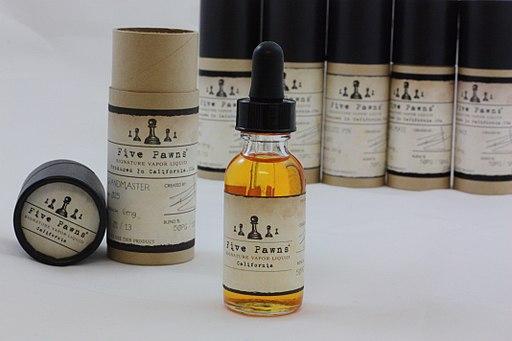Vaping continues to be a controversial topic pitting harm reduction against harm elimination; two goals that seem incompatible. But in writing about the effect of tobacco flavor on our blood vessels I discovered that vaping as practiced is not necessarily vaping as discussed. My initial response to the study of tobacco flavors was that studying the effect of flavors was too reductionist; you need to consider the impact of flavoring in the context of smoking or vaping to understanding how all the chemicals interact. After all, who just vapes flavor?
As it turns out, quite a few teens. Most teens are vaping flavor alone, not tobacco or nicotine. An NIH study [1] found that among the 28% of high school seniors vaping, 52% were vaping just flavor, 33% were vaping nicotine and 11% were vaping marijuana. Vaping tobacco represented only 4% of those vaping seniors. But when vaping is discussed in the national media it is never just about flavor, it is always about tobacco and nicotine.
Vaping technology is “substance agnostic” anything that burns can be vaporized, so using the term vaping without describing what is being vaped may shed more shade than light. Inhaling the combustion products of tobacco, flavored or not, burned by flame or vaporized by hot metal, is a health hazard – it will kill you. Vaping nicotine appears to be less harmful than smoking tobacco and its combustion products. It is a reasonable form of harm reduction for tobacco smokers but does not reduce harm to zero. Nicotine is an addictive substance, and we do not know it’s long-term effects when tobacco is not the delivery agent – so vaping nicotine may be a source of harm if you were previously not vaping at all. But the media reports of flavor as the youth’s gateway to tobacco ignores how it is actually used – by itself, and there is no information that vaping flavor alone was a gateway to anywhere besides “trying to look cool.” Conflating flavoring, nicotine, and tobacco is evident in the study I discussed previously [2] where the introduction discusses e-cigarettes with a passing nod to nicotine vaping; vaping flavor by itself is not mentioned at all.
There are two routes by which the environment gets inside of us, eating and breathing. Our gut has mechanisms to purge itself of toxins (think food poisoning). Our lungs also adopted to act as an excellent filtering system but we obviously did not evolve to inhale combustion products like cigarettes on a daily basis – the high incidence of cancers in past firefighters and indigenous groups who burn wood and dung inside homes is enough evidence for that conclusion. But nicotine or flavored vapor that barely registers differently than air in tests? People who reflexively condemn that are not being trusted guides for the public. When looking at health risks, we need to stop conflating vaping tobacco, nicotine, and flavors; they are all different substances with similar and different effects.
To understand the risks we take we need research directed at what is the topic of concern, vaping flavor or nicotine. If we instead lead the public to believe everything is as bad as smoking, they will become jaded and assume nothing is bad. And that has real public health consequences.
References:
[2] Flavorings in Tobacco Products Induce Endothelial Cell Dysfunction Arteriosclerosis, Thrombosis and Vascular Biology DOI: 10.1161/ATVBAHA.118.311156




